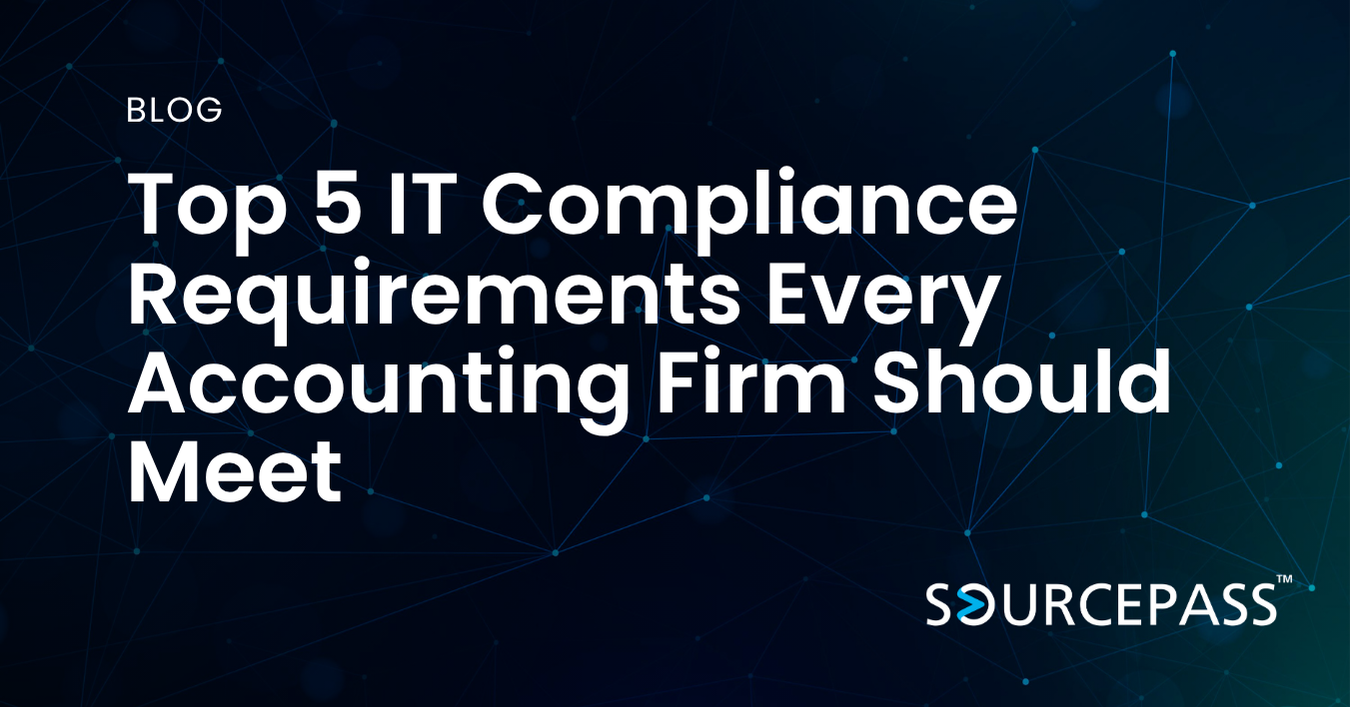The Top 7 Cybersecurity Gaps in Mid-Market Companies—And How to Close Them
Jun 23, 2025 Alex Davis Security Awareness Training | Cybersecurity | Vulnerability Scanning & Management 2 min read



Cyberattacks pose a significant threat to mid-market companies—those with between 100 and 2,000 employees. These companies manage sensitive data, valuable intellectual property, and sizable financial transactions, yet often lack the same level of cybersecurity maturity as their enterprise counterparts.
In this blog, we identify the top seven cybersecurity gaps found in mid-sized companies and offer actionable strategies to close them.
Inconsistent Security Policies and User Awareness
Many mid-market companies lack a formal cybersecurity policy or have one that is outdated and poorly enforced. Additionally, insufficient employee security training increases the risk of phishing, credential theft, and social engineering attacks.
How to fix it:
- Establish formal security policies, including acceptable use, mobile device management, and password protocols.
- Provide mandatory cybersecurity training for all employees, with quarterly refreshers.
- Simulate phishing attacks to test and reinforce security awareness.
Weak Access Controls and Identity Management
Using shared accounts, failing to implement role-based access, and lacking Multi-Factor Authentication (MFA) are common issues in mid-market environments. These gaps increase the risk of internal misuse and external breaches.
How to fix it:
- Enforce unique user credentials and remove shared accounts.
- Apply least-privilege principles for system and data access.
- Deploy MFA across all critical systems and cloud applications.
Lack of Endpoint Detection and Response (EDR)
Traditional antivirus tools are insufficient against today’s advanced threats. Many mid-sized firms do not use modern EDR solutions capable of detecting and responding to suspicious behavior in real time.
How to fix it:
- Invest in an EDR solution that monitors and responds to threats across endpoints.
- Consider Managed Detection and Response (MDR) services if internal expertise is limited.
- Ensure EDR tools are configured to align with your threat profile and industry risks.
Poor Patch Management and Legacy Software
Outdated systems and applications are one of the most common vulnerabilities exploited in cyberattacks. Mid-market IT teams often struggle to keep up with patching due to time or resource constraints.
How to fix it:
- Implement automated patch management tools to stay current on updates.
- Conduct regular audits to identify unsupported or obsolete systems.
- Replace or retire legacy applications that pose security risks.
Insufficient Backup and Disaster Recovery Planning
Without reliable backups and a documented recovery plan, a ransomware attack or data breach can cripple operations. Many mid-market firms rely on inconsistent or untested backup systems.
How to fix it:
- Follow the 3-2-1 backup rule: 3 copies of your data, on 2 different media types, with 1 off-site.
- Schedule regular testing of backup and recovery processes.
- Implement cloud-based or immutable backup solutions to protect against ransomware.
Insecure Cloud and SaaS Usage
Cloud services are integral to many mid-market businesses, but poor configuration, weak access controls, and lack of monitoring leave them vulnerable.
How to fix it:
- Perform regular cloud security assessments and audits.
- Use tools like Microsoft Secure Score or AWS Trusted Advisor to identify risks.
- Implement Cloud Access Security Brokers (CASBs) for visibility and policy enforcement.
Vendor and Third-Party Risk
Mid-market firms often work with external IT providers, SaaS vendors, and supply chain partners. However, many fail to assess the security practices of those third parties, increasing the risk of indirect breaches.
How to fix it:
- Establish a formal vendor risk management policy.
- Conduct security due diligence and require compliance certifications (e.g., SOC 2, ISO 27001).
- Monitor vendor access to your systems and limit it to the minimum required.
Want to Close Your Cybersecurity Vulnerability Gaps? Sourcepass Can Help!
Work with Sourcepass to prioritize risk and close the most urgent gaps.
Subscribe To
Sourcepass Insights
Sourcepass Insights
Stay in the loop and never miss out on the latest updates by subscribing to our newsletter today!
.png?width=500&height=100&name=White%20Logo%20-%20Transparent%20Tag%20(3).png)




